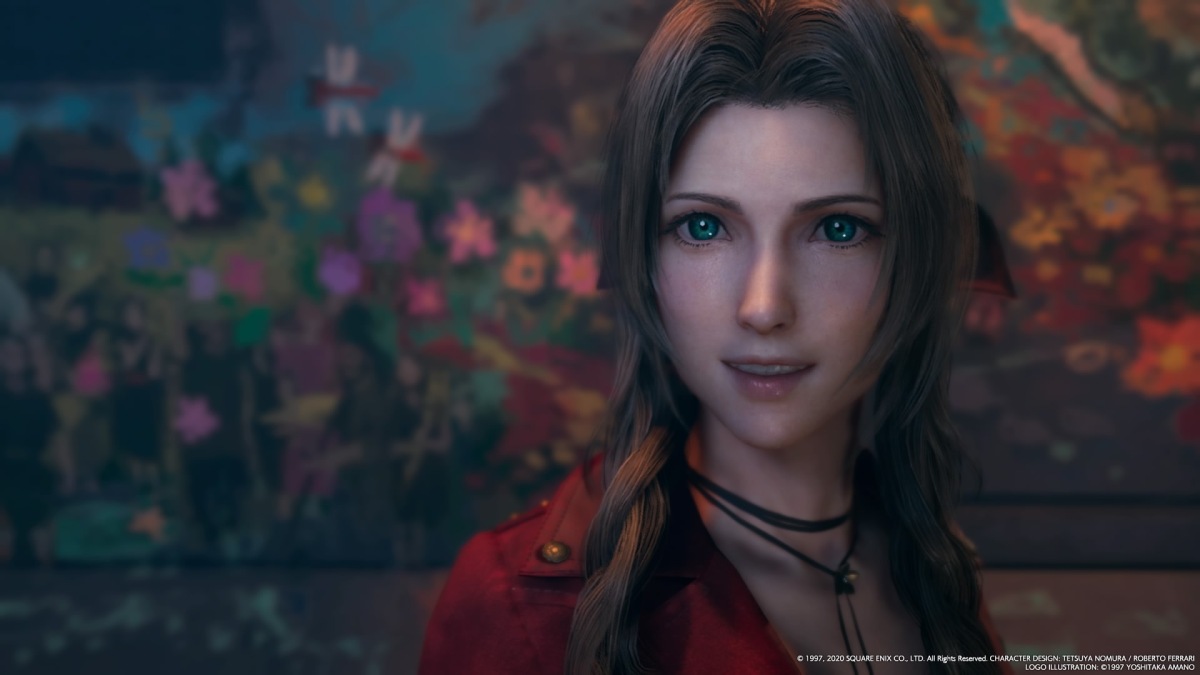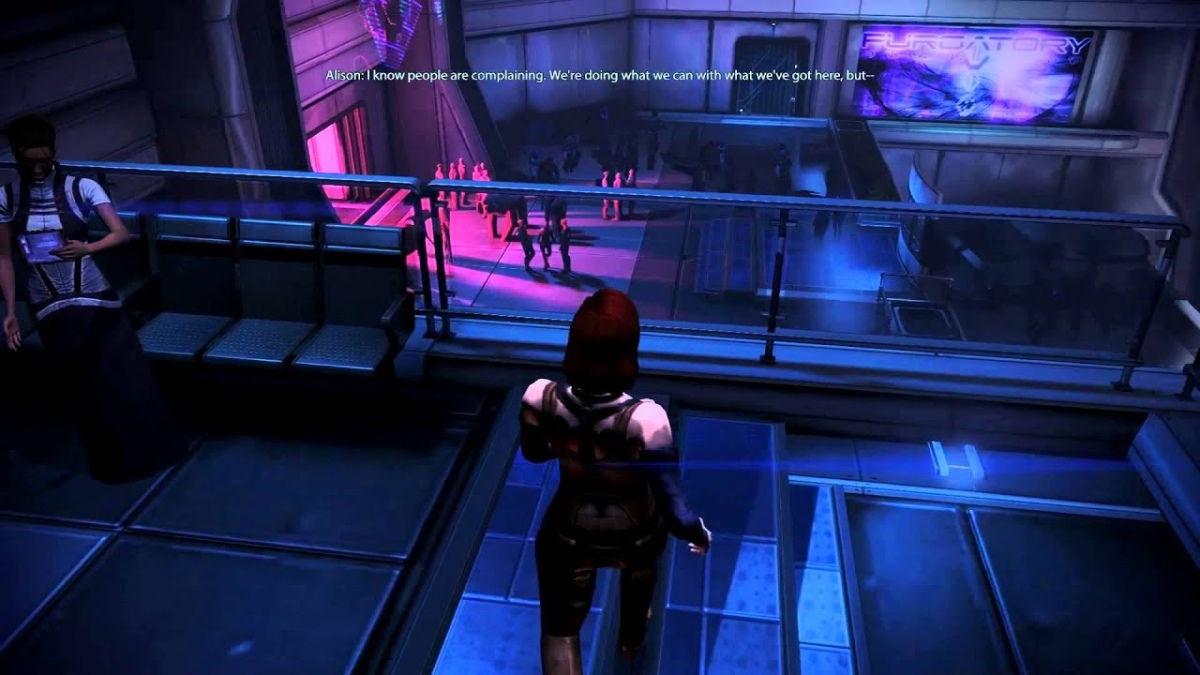When Aerith Gainsborough is asked by Shinra to identify herself, her response is ‘local florist!’. It’s one of many lines in the Final Fantasy VII that showcase the personality of the characters, but it also highlights how important flowers are to Aerith.
I tackled the what the flowers mean generally to Aerith & Final Fantasy VII’s mythos for Rock Paper Shotgun, but playing through the Final Fantasy VII Remake, it became increasingly apparent that Aerith was a character swirling with an almost literary symbolism, with so many subtle images defining her and her role in the story.
As a former English teacher, I know that sometimes blue curtains are just blue curtains, but with Aerith the weight of the symbolism is impossible to ignore. First off, inevitability, there are the flowers. To avoid repeating the RPS article, I’ll simply say that the flower Aerith gives to Cloud is a lily; hit up RPS for a 1,000 word write up as to why that’s an important choice.

That’s not the only flower of importance to Aerith in the Final Fantasy VII Remake though. Her Tempest attack sees her surrounded by cherry blossoms, a flower key to the Final Fantasy aesthetic. In Japanese culture, cherry blossoms are symbols of beauty, grace, innocence and youth; all qualities which could easily be used to describe one Aerith Gainsborough. Of course, on their own, such a list is a bit moot, despite the similarities. Aerith’s characterisation goes far deeper than just the flowers, however. After reuniting with Aerith and defeating Reno in Chapter 8, you must make your way from the church to the slums via rooftops.
Every step of the way, pigeons fly off from your footsteps. Given that most of the game takes place under the plate or inside cold, capitalist buildings, it’s no surprise that there aren’t many animals to be found in Final Fantasy VII. The pigeons are a rare exception, and they draw a strong parallel to Aerith; the fact that they appear just as she enters the story in a meaningful way is no coincidence.

Pigeons are city birds; much like Aerith, they’re a slice of nature inside of a concrete world. They represent the power of nature to thrive everywhere, as well as how out of place Aerith is, both in the slums and in Midgar itself. Her house is a pigeon of itself too, a burst of natural beauty inside the dirty, colourless slums.
Much has been said about Aerith’s house, and how her gorgeous, picturesque house with a bountiful garden undermines the idea that she ‘lived in the slums’, but this is very much by design. Aerith, for all she’s a kind hearted soul who helps out everyone in town from the doctor to the orphanage, is not a child of the slums.

She’s from elsewhere, she belongs elsewhere. No matter how much she tries to fit in, Aerith’s special connection with nature outs her.





